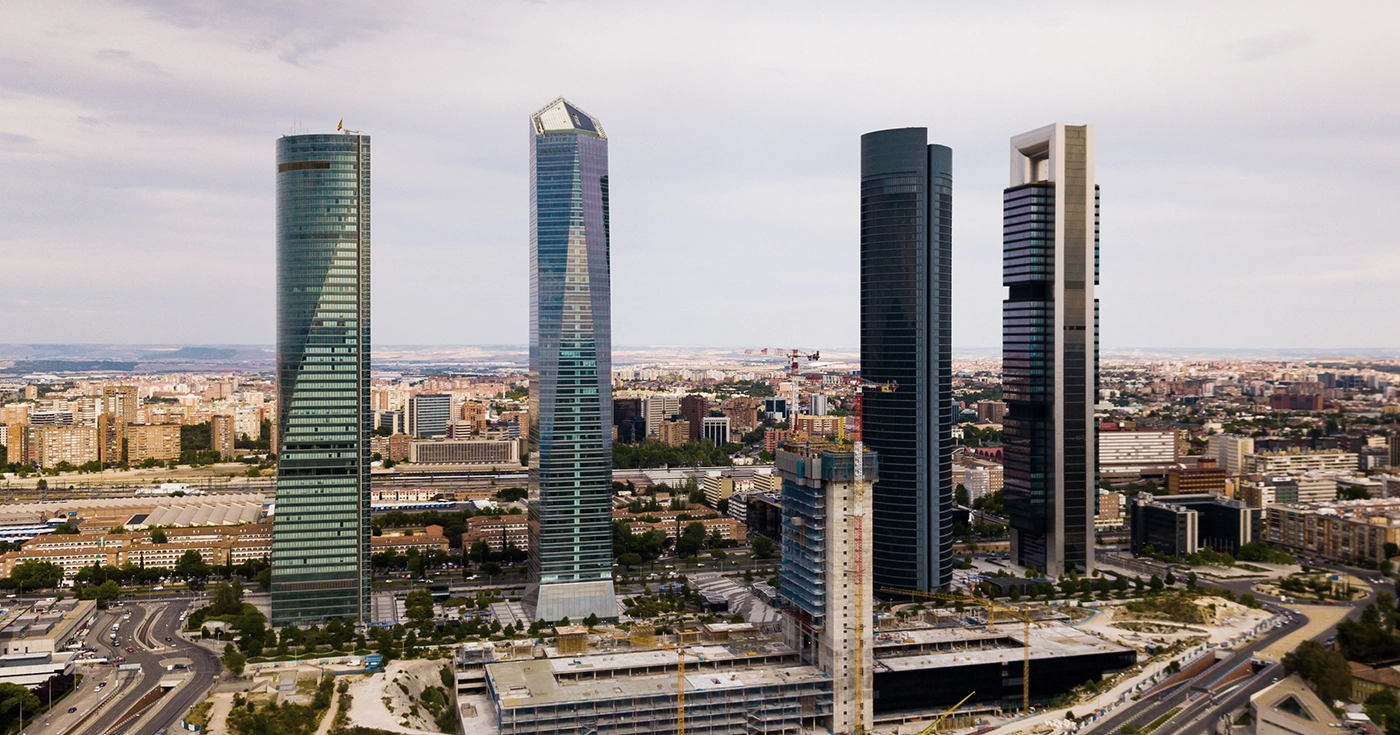
Madrid Speeds Up Its Major Urban Developments
Last Updated on 19 September 2025 by Equipo Urbanitae
Madrid is consolidating itself as the hub of residential development in Spain, accelerating the pace of its large-scale urban projects. According to developers’ association Asprima, the ongoing urban plans account for more than 278,000 housing units, spread across some thirty projects promoted by city councils, landowners, and real estate companies. This represents the largest urban transformation in the region’s recent history.
However, the need is clear: Madrid must significantly increase its housing production to meet demographic growth and the formation of new households. At present, only around 14,000 units are built per year—well below what is needed—creating a supply gap that is pushing prices upward. The Madrid developers’ association warns of this in its “Trinity” report, which estimates that in the next 14 years, the Community of Madrid will have to accommodate the creation of 573,738 new households. This means expanding the residential stock from the 2,636,988 homes that existed in 2022 to 3,210,726 by December 2037, requiring more than 40,000 new homes per year.
Housing construction in Madrid could grow to 30,000 units annually by 2028, representing 60% more activity, with an estimated investment of €10 billion per year. Still, there remains an unmet demand of 187,000 homes, due to lack of available land, rising costs, and population growth. As a result, the average price of housing in the Community of Madrid reached €3,851/m² in January 2025.
In this context, the president of Madrid’s developers’ association, Carolina Roca, has recently called for the new Land Law to introduce greater flexibility and shorten processing times, reminding that the association has been warning about underproduction since 2008.
The Southeast: Engine of Residential Growth
The projects linked to the Southeast Strategy of Madrid will be the main driver of urban activity in the short and medium term, according to Asprima’s analysis. This area includes new neighborhoods such as Valdecarros, with capacity for 51,656 homes; Los Berrocales, with 22,285 units already entering the construction phase of their first buildings; Los Ahijones, with 18,724; and Los Cerros, with 13,691. To these is added the nearby Nueva Centralidad del Este, with around 20,000 homes, though on much longer development timelines.
The most striking case is Los Cerros, where urbanization works are progressing quickly, and it is expected that the construction of the first homes will begin after summer 2025. The plan calls for 14,276 homes, more than half with some form of protection, and aspires to become Madrid’s new “green lung,” with 170 hectares of green areas, larger than El Retiro or Madrid Río. It will also feature an electric bus rapid transit (BRT) system, 30 km of bike lanes, and a network of trails and viewpoints around Cerro de la Herradura.
Madrid Nuevo Norte
Madrid Nuevo Norte, another of the capital’s major urban developments (formerly known as Operación Chamartín), is beginning to take visible steps forward with more than 10,000 planned homes and a first-class financial district. Urbanization works have already started in the Las Tablas Oeste area, suggesting that by 2026 or 2027 the first residential cranes could be seen, with the first homes delivered by 2029. The project envisions not only housing but also office skyscrapers, new green spaces, and major infrastructure connections.
Campamento and Solana de Valdebebas: Upcoming Milestones
Another emblematic project now underway is the Campamento Operation, which will transform former military land into more than 10,000 homes—60% of them protected—in what is considered the largest public urban regeneration intervention in Madrid.
At the same time, the Solana de Valdebebas project is progressing in the northeast of the city, with 1,393 planned homes, nearly half of them public housing. Located in the northern part of the municipal area, between La Moraleja and Valdebebas, it is expected to become a natural extension of Valdebebas, where demand remains strong despite high land prices.
The Role of Metropolitan Municipalities
Beyond the capital, several municipalities are advancing with their own plans, as highlighted by Asprima:
- Alcorcón has unlocked Ensanche Norte and Retamar de la Huerta.
- Pozuelo de Alarcón is developing Montegancedo (1,000 homes) and ARPO (5,500).
- Majadahonda is moving forward with Arco del Poniente (3,600 homes).
- Villaviciosa de Odón is planning Monte de la Villa (2,700).
- Alcobendas, with Valgrande, is awaiting a final court ruling on an area with 8,600 homes.
In total, the thirty ongoing urban development projects in Madrid cover 197.5 million square meters and will accommodate more than 835,000 inhabitants — equivalent to 12% of the current population of the Community. Never before has the region faced such a volume of activity. The challenge now, as the Madrid developers’ association stresses, is to speed up administrative procedures, ensure land and labor availability, and guarantee that a significant share of these homes will be both accessible and sustainable.

